Introduction
Stir-fried Chinese cabbage with wood ear mushrooms is a beloved dish in Chinese cuisine, celebrated for its delicate balance of flavors, textures, and nutritional benefits. This humble yet satisfying meal combines the crisp tenderness of Chinese cabbage (also known as napa cabbage) with the chewy, earthy richness of rehydrated wood ear mushrooms. Often enhanced with garlic, ginger, and a light soy-based sauce, this dish embodies the principles of Chinese cooking: simplicity, freshness, and harmony. Whether served as a standalone vegetarian main or a side dish alongside rice or noodles, it is a testament to the art of transforming everyday ingredients into a culinary masterpiece. In this comprehensive guide, we will explore the history, preparation techniques, and culinary tips to master this dish, ensuring even novice cooks can recreate its magic at home.
The Origins and Cultural Significance
Chinese cabbage, or Bai Cai, has been cultivated in China for over 1,500 years and is a staple in regional cuisines across Asia. Its mild, slightly sweet flavor and ability to absorb seasonings make it a versatile canvas for stir-fries, soups, and dumplings. Wood ear mushrooms (Mu Er), on the other hand, are a type of edible fungus with a gelatinous texture and a subtle, woodsy taste. Historically, they were prized not only for their culinary uses but also for their medicinal properties, believed to promote blood circulation and digestion. Together, these ingredients form a dish that is both nourishing and economical, reflecting the Chinese philosophy of “suan cai” (frugal cooking).
Ingredients: Building the Foundation
To create an authentic stir-fried Chinese cabbage with wood ear mushrooms, gather the following ingredients:
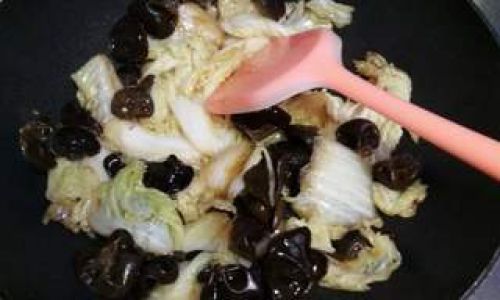
- 400 grams Chinese cabbage (napa cabbage): Choose a head with crisp, tightly packed leaves and firm white stems.
- 20 grams dried wood ear mushrooms: These can be found in Asian grocery stores or online.
- 3 garlic cloves, minced: For aromatic depth.
- 1-inch ginger, julienned: Adds a warm, peppery kick.
- 2 tablespoons cooking oil: Use a neutral oil like vegetable or peanut oil.
- 1 tablespoon light soy sauce: For umami and saltiness.
- 1 teaspoon dark soy sauce: For color (optional).
- 1 teaspoon sesame oil: Enhances the nutty finish.
- 1/2 teaspoon sugar: Balances the flavors.
- 1/4 teaspoon white pepper: Adds a subtle heat.
- 1/4 cup water or vegetable stock: To steam the vegetables gently.
- 1-2 green onions, sliced: For garnish (optional).
Optional Additions:
- 1 small carrot, julienned: For color and sweetness.
- 1/4 red bell pepper, thinly sliced: Adds a crunchy texture.
- 1 teaspoon chili oil: For those who enjoy spice.
Preparation: The Key to Perfect Texture
Rehydrating Wood Ear Mushrooms
Dried wood ear mushrooms require rehydration before use. Place them in a heatproof bowl and cover with boiling water. Let soak for 20–30 minutes until fully plumped. Once softened, drain and rinse under cold water to remove any grit. Trim off any tough stems and tear the mushrooms into bite-sized pieces.
Prepping the Chinese Cabbage
Separate the cabbage leaves and rinse them thoroughly under cold water. Pat dry with a clean kitchen towel. Slice the cabbage crosswise into 1-inch strips, separating the white stems from the leafy greens. The stems take longer to cook, so adding them first ensures even doneness.
Mise en Place
Mince the garlic and julienne the ginger. Slice the green onions if using. Prepare all ingredients before heating the wok, as stir-frying requires quick, continuous movement.
Cooking Process: Mastering the Stir-Fry
Heating the Wok
Place a wok or large skillet over high heat. Allow it to smoke lightly—this ensures the ingredients sear rather than steam. Add the cooking oil and swirl to coat the pan evenly.
Stir-Frying Aromatics
Add the garlic and ginger to the hot oil. Stir-fry for 10–15 seconds until fragrant but not browned. Overcooking aromatics can introduce bitterness, so timing is crucial.
Cooking the Cabbage and Mushrooms
- Step 1: Add the cabbage stems to the wok first. Stir-fry for 2 minutes until slightly softened.
- Step 2: Toss in the wood ear mushrooms and carrots or bell peppers (if using). Stir-fry for another minute.
- Step 3: Add the cabbage leaves and a splash of water or stock. Cover the wok with a lid and let the vegetables steam for 2–3 minutes until wilted but still vibrant.
Seasoning and Flavor Development
Uncover the wok and drizzle in the soy sauces, sugar, and white pepper. Toss gently to coat the vegetables evenly. Avoid overcooking at this stage to prevent sogginess.
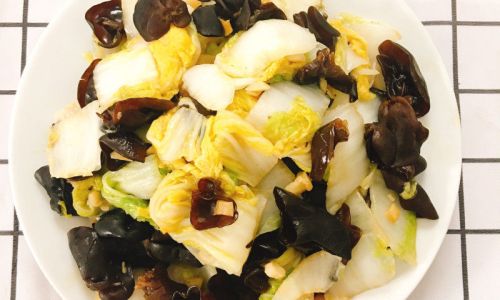
Final Touches
Drizzle with sesame oil and sprinkle with green onions. Toss once more and remove from heat. The residual warmth will meld the flavors without compromising texture.
Serving Suggestions
This dish pairs beautifully with steamed jasmine rice, fried rice, or noodles. For a complete meal, serve it alongside protein-rich dishes like mapo tofu or kung pao chicken. Its light yet satisfying nature also makes it ideal for vegetarian or vegan diets.
Tips for Success
- Wok Height: Ensure your wok is sufficiently heated to achieve “wok hei” (the breath of the wok), a smoky flavor that elevates stir-fries.
- Even Slicing: Uniform cuts guarantee consistent cooking.
- Don’t Overcrowd the Pan: Cook in batches if necessary to prevent steaming.
- Adjust Seasoning: Taste and tweak with extra soy sauce or a pinch of salt if needed.
Variations and Customizations
- Spicy Version: Add dried chili flakes or a dollop of chili bean paste.
- Umami Boost: Incorporate a teaspoon of oyster sauce (for non-vegetarians) or mushroom-flavored soy sauce.
- Heartier Meal: Include tofu cubes or scrambled eggs for added protein.
Health and Nutritional Benefits
Chinese cabbage is low in calories but rich in vitamins C and K, fiber, and antioxidants. Wood ear mushrooms are a good source of iron, dietary fiber, and polysaccharides linked to immune support. Together, they create a dish that is not only delicious but also promotes digestive health and hydration.
Conclusion
Stir-fried Chinese cabbage with wood ear mushrooms is more than a meal—it’s a celebration of simplicity and balance. By mastering the interplay of textures and flavors, you honor a culinary tradition that has nourished generations. Whether you’re a seasoned cook or a curious beginner, this dish invites you to savor the joy of wholesome, homemade cooking. So, gather your ingredients, ignite your wok, and let the symphony of crisp cabbage and chewy mushrooms dance on your palate. Bon appétit!
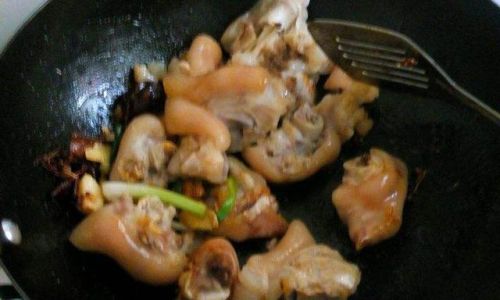
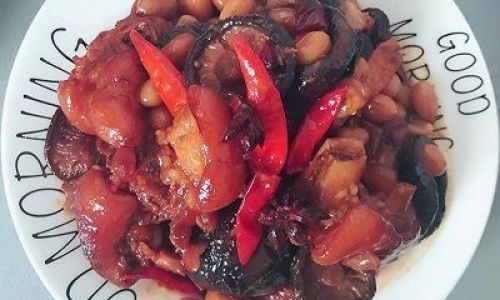
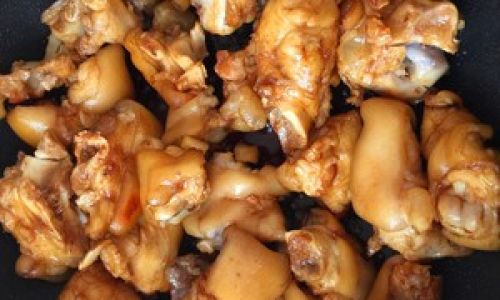
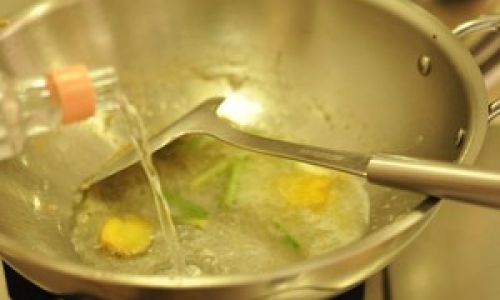

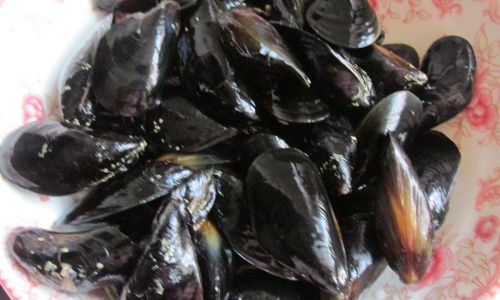
0 comments